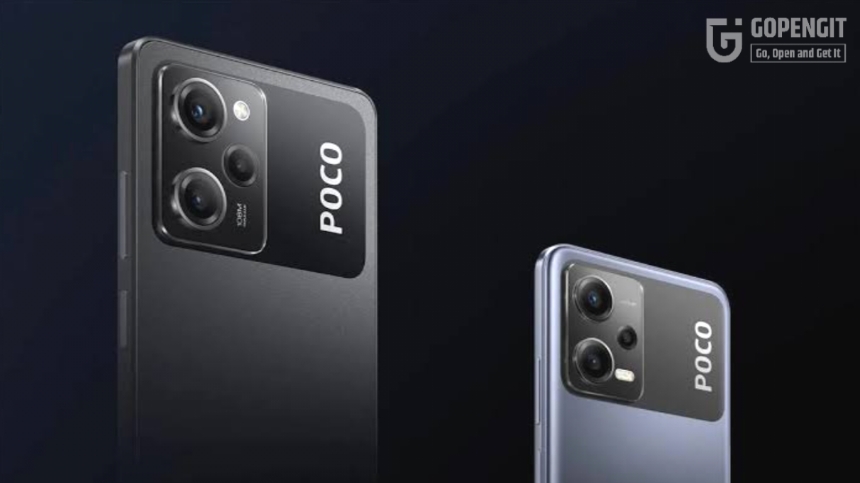The Poco X6 and the Poco X6 Pro are scheduled to go on sale in India and throughout the world. This new phone is said to resemble the Chinese Redmi K70E and is anticipated to be an improvement over the Poco X5 Pro.
Leaks in Design and Features
Numerous talks and leaks have focused on the X6 Pro’s capabilities and design. Recently, the phone’s operating system and performance score were made public by the business, revealing some fascinating information.

Xiaomi HyperOS: An Innovative Take
The freshly released Xiaomi HyperOS will be available on the Poco X6 Pro, as Poco India just announced. With the Xiaomi 14 series, this interface first debuted in China, offering a more sophisticated user experience. The company also announced that Indian customers may purchase the smartphone on Flipkart.
Read More : OnePlus 12R Soon Accessible on Amazon, Pre-launch Revelation of Color Options in India.
Outstanding Achievement in Poco X6 Pro: AnTuTu Score
With an AnTuTu score of over 1.4 million, the Poco X6 Pro has one of the device’s most notable characteristics. With this rating, the phone may perform really well and even be able to compete with several premium smartphones. It is referred to as a “super-speedy quasi-flagship” by Poco Global. The phone’s appearance, particularly the arrangement of the three circular cameras and rectangular LED flash on the back, is reminiscent of the Redmi K70E.

Poco X6 Pro anticipated specifications
A technology dubbed WildBoost Optimization 2.0 will be included in the phone to improve gaming. For improved cooling, it also has a large 5,000 mm2 stainless steel vapor chamber. It is anticipated that the Poco X6 Pro will have a 6.67-inch 1.5K LTPS display with a 120Hz refresh rate. The MediaTek Dimensity 8300 Ultra chipset will power it. The most expensive variant, which has 512GB of storage and 12GB of RAM, may cost around AED 1,299, or nearly Rs. 29,500. The phone may be available in yellow, gray, or black.
Details of the Camera System
It is anticipated that the Poco X6 Pro will include a triple-camera setup on its back. This comprises an 8-megapixel ultrawide lens, a 2-megapixel macro camera, and a 67-megapixel primary sensor with optical image stabilization (OIS).





